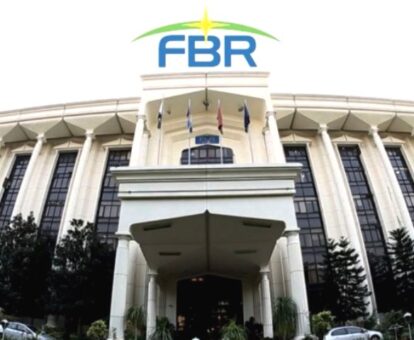Computation of gains on business disposal to company has been explained by the Federal Board of Revenue (FBR) through an updated Income Tax Ordinance, 2001, which incorporates amendments introduced through the Finance Act, 2021.
One of the sections that has seen significant changes is Section 95, which pertains to the disposal of a business by an individual to a wholly-owned company.
Section 95 outlines the conditions under which no gain or loss will be recognized when a resident individual (referred to as the “transferor”) disposes of all the assets of a business to a resident company (referred to as the “transferee”). These conditions are designed to facilitate such transfers without tax implications under certain circumstances.
The key provisions of Section 95 are as follows:
Conditions for Non-Recognition of Gain or Loss: No gain or loss shall be recognized if the following conditions are met:
The consideration received by the transferor for the disposal is a share or shares in the company (excluding redeemable shares).
The transferor must beneficially own all the issued shares in the company immediately after the disposal.
The company must undertake to discharge any liability in respect of the assets disposed of to the company.
Any liability in respect of the assets disposed of to the company must not exceed the transferor’s cost of the assets at the time of the disposal.
The fair market value of the share or shares received by the transferor for the disposal must be substantially the same as the fair market value of the assets disposed of to the company, less any liability that the company has undertaken to discharge in respect of the assets.
The company must not be exempt from tax for the tax year in which the disposal takes place.
Treatment of the Asset: If the conditions in Section 95(1) are met, each asset acquired by the company shall be treated as having the same character as it had in the hands of the transferor. This ensures that the nature of the assets remains unchanged throughout the transfer.
Cost of the Asset: The company’s cost concerning the acquisition of the assets shall be determined as follows:
For depreciable assets or amortized intangibles, it will be the written down value of the asset or intangible immediately before the disposal.
For stock-in-trade valued for tax purposes under Section 35(4), it will be that value.
For any other cases, it will be the transferor’s cost at the time of the disposal.
Treatment of Deductions: If the transferor has deductions allowed under specific sections (Sections 22, 23, and 24) in respect of the assets transferred and these deductions have not been set off against the transferor’s income immediately before the disposal, the amount not set off shall be added to the deductions allowed under those sections to the company in the tax year in which the transfer is made.
These amendments to Section 95 aim to encourage the transfer of businesses from individuals to wholly-owned companies within a specific framework. By specifying the conditions that, when met, result in the non-recognition of gain or loss, it simplifies the tax treatment of such transactions and provides taxpayers with clarity on the tax implications of these transfers.
The changes in Section 95 reflect the government’s commitment to create a business-friendly environment, facilitate corporate restructuring, and simplify tax regulations. It is crucial for individuals and businesses to be aware of these changes and seek professional advice to ensure compliance with the updated provisions.
